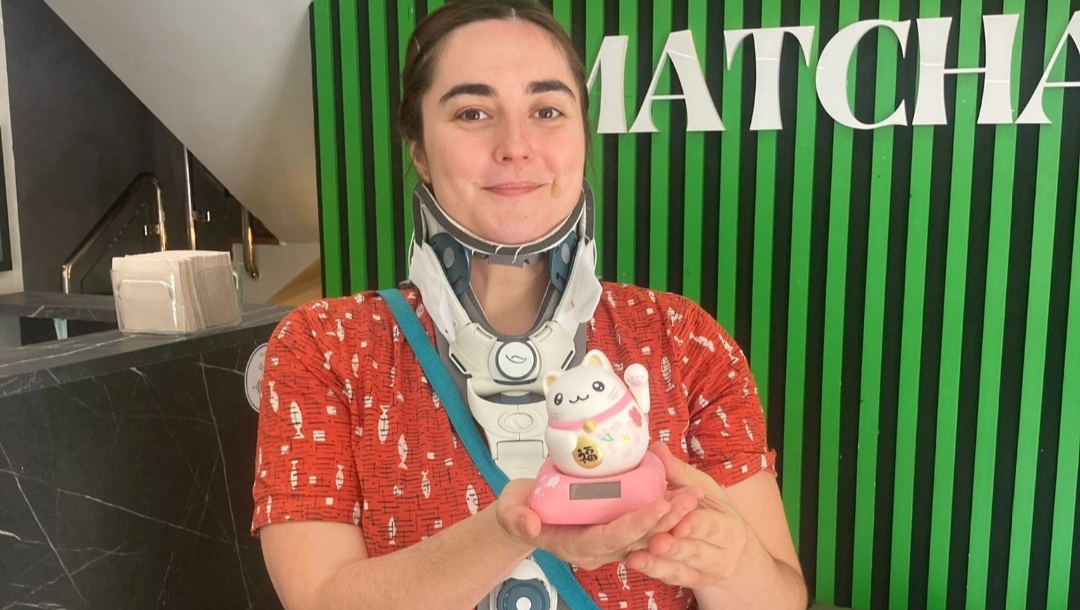Sly Saint
Senior Member (Voting Rights)
I am 29 years old and have Ehlers-Danlos Syndrome, a rare but under-diagnosed condition that affects as many as 268,000 people in the UK – up to 90 per cent of them women. There is an operation that I could have to address my symptoms but it isn’t available on the NHS or anywhere in the UK.
I wouldn’t wish this on anybody – the pain I feel is exhausting, constant and often terrifying. Most people have never heard of EDS but it’s a genetic condition that affects the collagen in your body, making connective tissues like skin, ligaments and blood vessels very soft.
The connective tissues are so weak that my neck is no longer able to support my head. My skull presses on the brainstem at the top of my spine causing severe neurological symptoms. Brainstem compression like mine can lead to paralysis because it disrupts vital signals between the brain and the body – which terrifies me. Despite my disability, I was working until a few months ago. I was an administrator at the Royal Hospital for Neuro-disability, close to where I live with my dad and his partner – who I call my stepmum – in her flat in Putney. I loved being with the patients, being creative, coming up with activities that paralysed people could do, like tie-dyeing and birdwatching. I put a lot of love into that job. But my condition deteriorated and in the end I had to stop working.
I was diagnosed with EDS in my early 20s but looking back I’ve been unwell since my teens. At first my doctors put the pain down to anxiety, saying it was all in my head and that I was overemotional. It’s true, I was very stressed as my parents were getting a divorce; I had an eating disorder and was unhappy at school. But if you’re in excruciating pain, you’re obviously going to be crying and asking for help.
When I was 20, they finally said, “Oh, you’ve got fibromyalgia.” I began subscribing to the magazine of a charity, Fibromyalgia Action UK, which had an article about EDS and how some people with it were being misdiagnosed with fibromyalgia.
Last edited:

